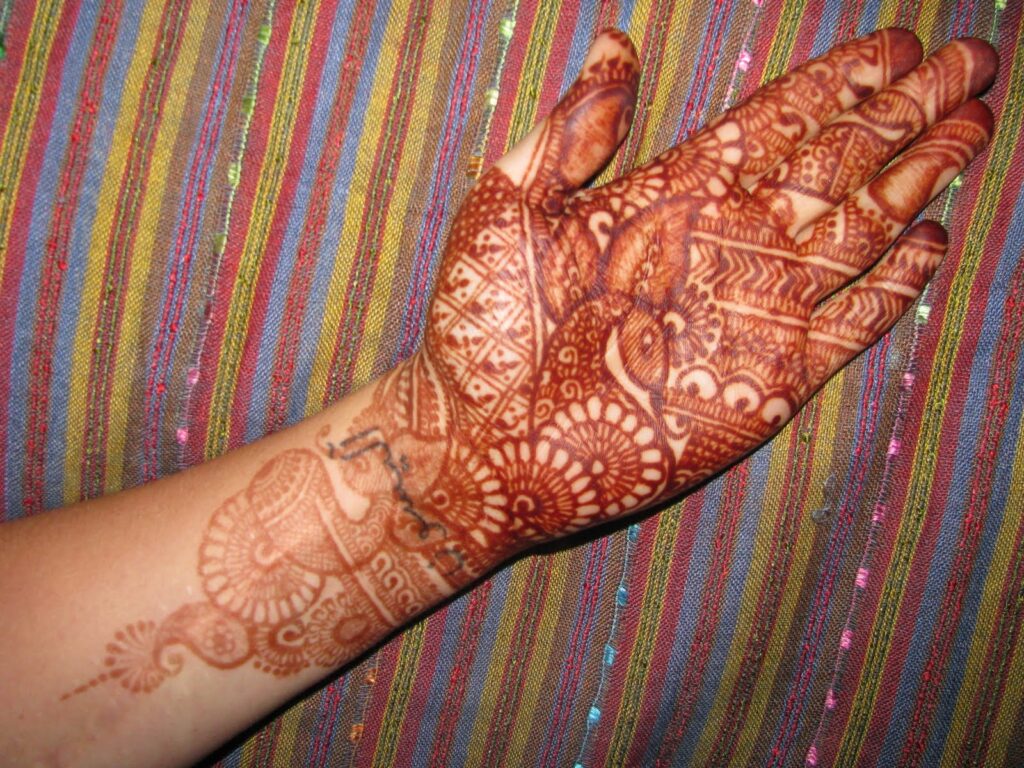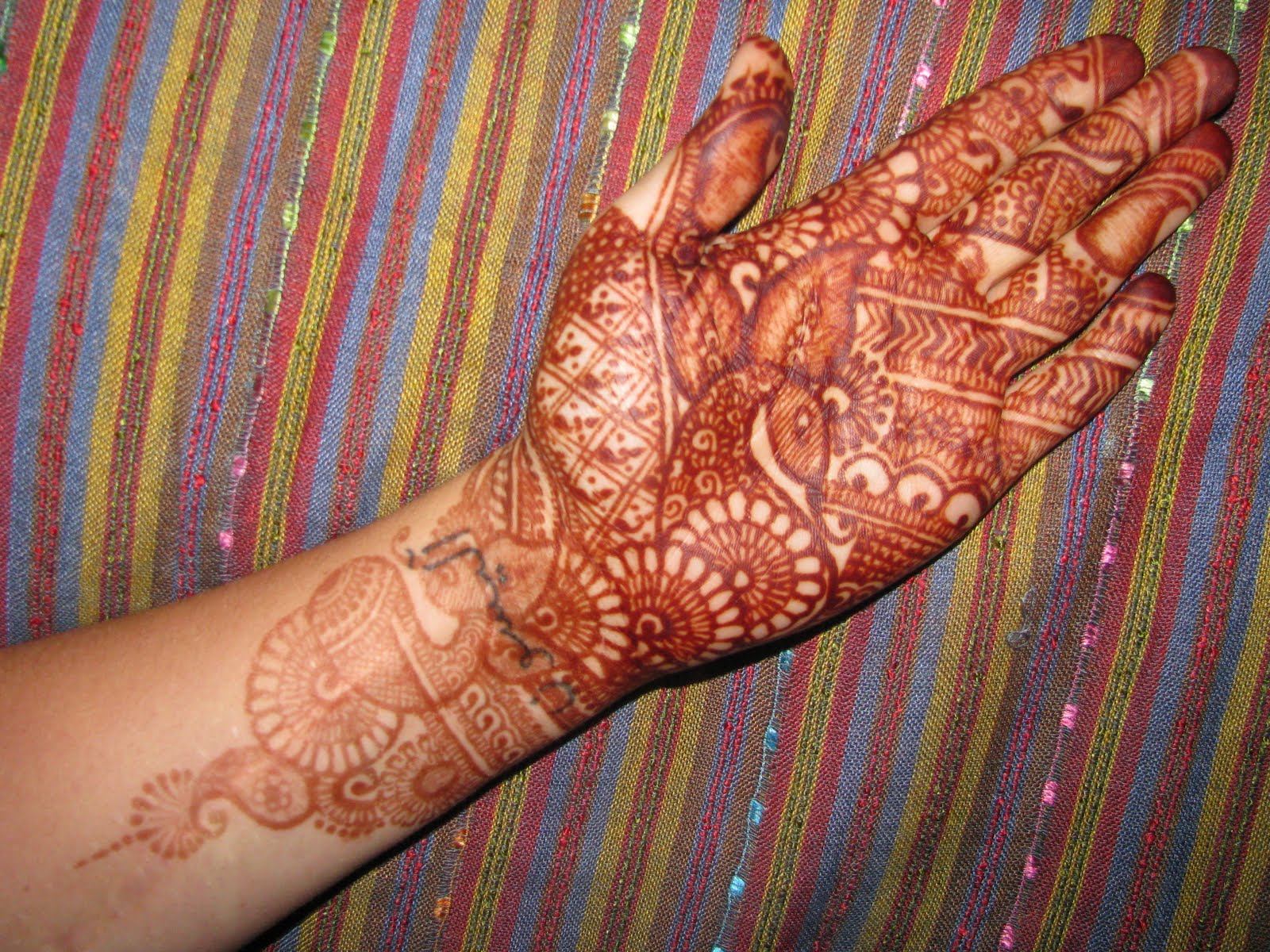
Henna Tattoo Meaning: Unveiling the Rich History and Symbolism
Henna tattoos, also known as mehndi, have captivated cultures for centuries. More than just temporary body art, a henna tattoo meaning delves into deep-rooted traditions, spiritual beliefs, and celebratory customs. This article explores the fascinating history, diverse symbolism, and modern interpretations of henna tattoo meaning.
A Journey Through Time: The Origins of Henna
The origins of henna can be traced back over 5000 years to ancient Egypt, where it was used for cosmetic and medicinal purposes. Evidence suggests that Cleopatra herself used henna for adornment. From Egypt, the practice spread to other parts of North Africa, the Middle East, and the Indian subcontinent. These regions all developed their own distinct styles and traditions surrounding henna application.
In ancient Egypt, henna was associated with fertility and rebirth, often used in funerary rituals. Mummies have been found with henna-stained hair and nails, suggesting its importance in the afterlife. As trade routes expanded, henna made its way to the Middle East, where it became an integral part of wedding ceremonies and other celebrations. The intricate designs and symbolic patterns reflected the prosperity and happiness desired for the couple.
Cultural Significance: Henna Across the Globe
The significance of henna varies across different cultures, each imbuing it with unique meanings and symbolism. Let’s delve deeper into some prominent regions:
Indian Subcontinent
In India, Pakistan, and Bangladesh, henna is deeply intertwined with wedding rituals. Brides are adorned with elaborate henna designs covering their hands and feet. These designs are believed to bring good luck, fertility, and protection against evil spirits. The darker the stain, the more love and happiness the marriage is expected to bring. The application of henna is often a joyous occasion, with family and friends gathering to sing, dance, and celebrate the upcoming nuptials. The henna tattoo meaning here is deeply personal and tied to the bride’s future.
Middle East and North Africa
In Middle Eastern and North African cultures, henna is used for various celebrations, including weddings, Eid festivals, and births. The designs often incorporate geometric patterns, floral motifs, and symbols of protection. Henna is believed to bring blessings, ward off negativity, and enhance beauty. The henna tattoo meaning in these regions often connects to protection and blessings. Intricate patterns can symbolize prosperity and good fortune.
African Traditions
In certain African cultures, henna is used for medicinal purposes, as well as for adornment. It’s believed to have healing properties and is used to treat skin conditions, headaches, and other ailments. The designs often incorporate tribal patterns and symbols representing strength, courage, and resilience. The henna tattoo meaning in this context moves beyond aesthetics to encompass health and well-being. The natural properties of the henna plant are valued for their therapeutic benefits.
Decoding the Symbolism: Common Henna Motifs
While the specific meaning of a henna tattoo can vary depending on cultural context and personal preference, certain motifs are commonly used and hold symbolic significance. Understanding these symbols can enhance your appreciation of henna art.
- Flowers: Represent joy, happiness, and new beginnings. Different types of flowers can carry specific meanings, such as the lotus flower symbolizing purity and enlightenment.
- Vines and Leaves: Symbolize growth, prosperity, and longevity. They often represent the interconnectedness of life and the importance of family ties.
- Birds: Represent freedom, liberation, and spiritual connection. They can also symbolize messengers bringing good news.
- Sun, Moon, and Stars: Represent cosmic forces, guidance, and enlightenment. They symbolize hope, optimism, and the cyclical nature of life.
- Paisley: A teardrop-shaped motif that symbolizes fertility, prosperity, and good luck. It’s a popular design element in many henna patterns.
The overall design of a henna tattoo, along with the specific placement on the body, can also contribute to its meaning. For example, a design covering the entire hand might symbolize abundance and generosity, while a design on the feet might represent connection to the earth and grounding.
The Modern Renaissance: Henna in Contemporary Culture
In recent years, henna has experienced a resurgence in popularity, transcending its traditional roots and finding its place in contemporary culture. Celebrities, social media influencers, and fashion enthusiasts have embraced henna as a form of self-expression and artistic adornment. This has led to the emergence of new styles and techniques, blending traditional motifs with modern aesthetics. The henna tattoo meaning has broadened to encompass individuality and personal style.
Temporary henna tattoos have become a popular alternative to permanent tattoos, offering a way to experiment with different designs and express oneself without long-term commitment. Henna is also used in body art festivals, cultural events, and private parties, providing a fun and interactive way to connect with tradition and celebrate beauty. The accessibility of henna has made it a global phenomenon, appreciated by people from all walks of life.
Choosing Your Henna Design: Considerations and Precautions
If you’re considering getting a henna tattoo, it’s important to do your research and choose a reputable artist who uses natural henna paste. Natural henna is derived from the henna plant (Lawsonia inermis) and is generally safe for skin application. However, some artists may use black henna, which contains a chemical dye called paraphenylenediamine (PPD). PPD can cause severe allergic reactions, skin irritation, and permanent scarring. Always ask your artist about the ingredients in the henna paste and ensure that it’s made from natural henna powder.
Before getting a henna tattoo, it’s also a good idea to do a patch test on a small area of skin to check for any allergic reactions. Apply a small amount of henna paste to your skin and wait for 24-48 hours to see if any redness, itching, or swelling occurs. If you experience any adverse reactions, avoid getting a henna tattoo.
When choosing your henna design, consider the symbolism and meaning behind the motifs you select. Think about what you want to express and choose designs that resonate with your personal values and beliefs. You can also consult with your artist to create a custom design that reflects your unique style and personality. Remember that a henna tattoo meaning can be deeply personal, so choose a design that speaks to you.
Caring for Your Henna Tattoo: Maximizing Longevity
To ensure that your henna tattoo lasts as long as possible, follow these care tips:
- Leave the henna paste on your skin for at least 2-6 hours, or even longer for a darker stain.
- Avoid washing the area with soap and water for the first 24 hours.
- Apply a mixture of lemon juice and sugar to the henna paste to help it adhere to your skin and release more dye.
- Avoid using harsh chemicals or exfoliants on the hennaed area.
- Moisturize your skin regularly with natural oils, such as coconut oil or olive oil.
With proper care, your henna tattoo can last for up to two weeks, allowing you to enjoy its beauty and symbolism for an extended period.
The Enduring Appeal of Henna
From its ancient origins to its modern-day resurgence, henna has maintained its allure as a form of artistic expression, cultural celebration, and spiritual connection. The henna tattoo meaning transcends mere aesthetics, delving into the rich tapestry of human history, symbolism, and tradition. Whether you’re drawn to its intricate designs, its cultural significance, or its temporary nature, henna offers a unique and captivating way to adorn the body and express yourself.
As we continue to explore and appreciate the diverse cultures and traditions of the world, henna serves as a reminder of the power of art to connect us to our past, celebrate our present, and inspire our future. The next time you see a henna tattoo, take a moment to appreciate its beauty and reflect on the rich history and symbolism it represents. [See also: History of Body Art] [See also: Traditional Mehndi Designs] [See also: Safe Henna Practices]

